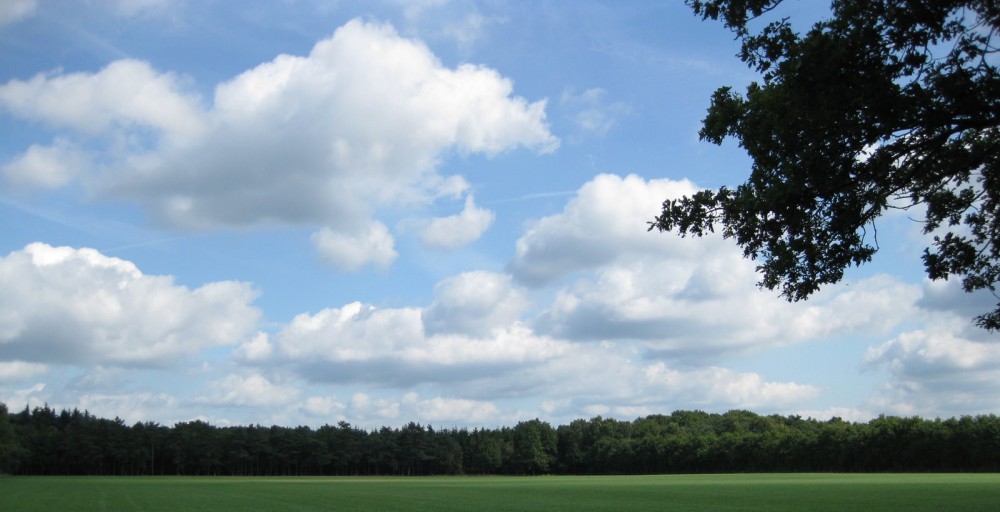Dear friends,
The purpose of Advayavada Buddhism is to become a true part of the whole.
Our quest is fully personalized: it is firmly based on what we increasingly know about ourselves and our world, and trusting our own intentions, feelings and conscience. Adherence to the familiar five precepts (not to kill, not to steal, sexual restraint, not to lie, and refraining from alcohol and drugs) and a well-considered understanding of the three (in Advayavada Buddhism, four) signs of being and the Buddha’s four noble truths, which are the subjects of weeks 14 to 18, suffice to start off on this Path at any time.
Advayavada Buddhism does not tell you what to do or believe, but invites us all to make the very best of our own lives by indeed attuning as best as possible with wondrous overall existence advancing over time now in its manifest direction. The Advayavada Study Plan (ASP) is repeated four times a year.
The purpose of the autonomous ASP is that we study (and debate in a local group, the family circle or with good friends) the meaning and implications of the weekly subject, not as a formal and impersonal intellectual exercise, but in the context of whatever we ourselves are presently doing or are concerned with, or about, such as our health, relationships, work, study, our place in society, etc.
(My own specific personal objective this quarter is to improve my understanding of the practice of meditation (dhyana in Sanskrit, jhana in Pali) whose purpose is to attain a deeper concentration of the mind (Samadhi in Sanskrit and Pali), but without becoming preoccupied, however, with a factually non-existent self (svabhava-shunyata, lit. self-nature emptiness, is a central notion in Madhyamaka philosophy) – what is your specific objective this quarter?)
In week 14 we observed and studied the impermanence or changeability of all things, and to continue this new 13-week action plan, in week 15 we shall again study the selflessness and finitude of all things as thoroughly as possible; in Dutch: de vergankelijkheid van alles (het tweede kenmerk van het bestaan)
This task is based on the Buddhist anatta (Pali) or anatmata (Sanskrit) doctrine. It is the second of the three (in Advayavada Buddhism, four) signs or marks or basic facts of being. Anatta or anatman means that no imperishable self exists in the person in the sense of a permanent, eternal, integral, and independent substance; human beings currently live for about 4,000 weeks.
In Mahayana Buddhism, the nissvabhava (Sanskrit) doctrine teaches further that in fact all things without exception are empty (shunya) of self-nature (svabhava), i.e. devoid of self-sufficient, independent existence or lasting substance. Everything, indeed, arises, abides, changes and extinguishes in accordance with pratityasamutpada, i.e. the process of universal relativity or interdependent origination, meaning here that ‘all causes are effects and all effects are causes’. Svabhava-shunyata is, as stated, a central notion in Madhyamaka philosophy.
Nirvana is, in Advayavada Buddhism, the total extinction of our existential suffering as a result of our complete reconciliation and harmonization with reality as it truly is beyond our commonly limited and biased personal experience of it; the unremitting persistency of human distress, alienation and conflict is essentially due to the very many not knowing or not understanding or simply disbelieving the true nature of existence.
Feel free to share these ASP instalments.
Kind regards,
John Willemsens,
Advayavada Foundation.
@advayavada
